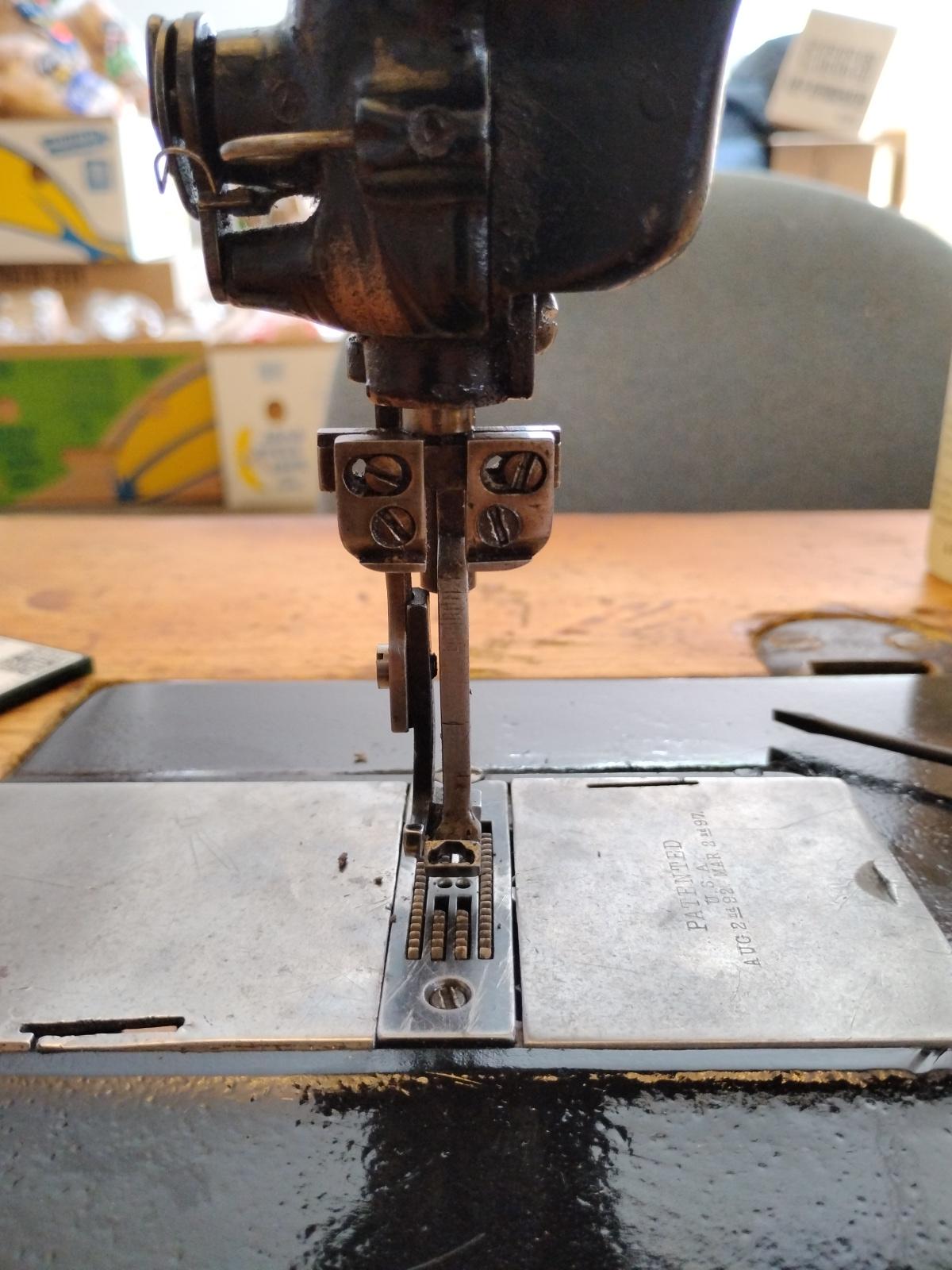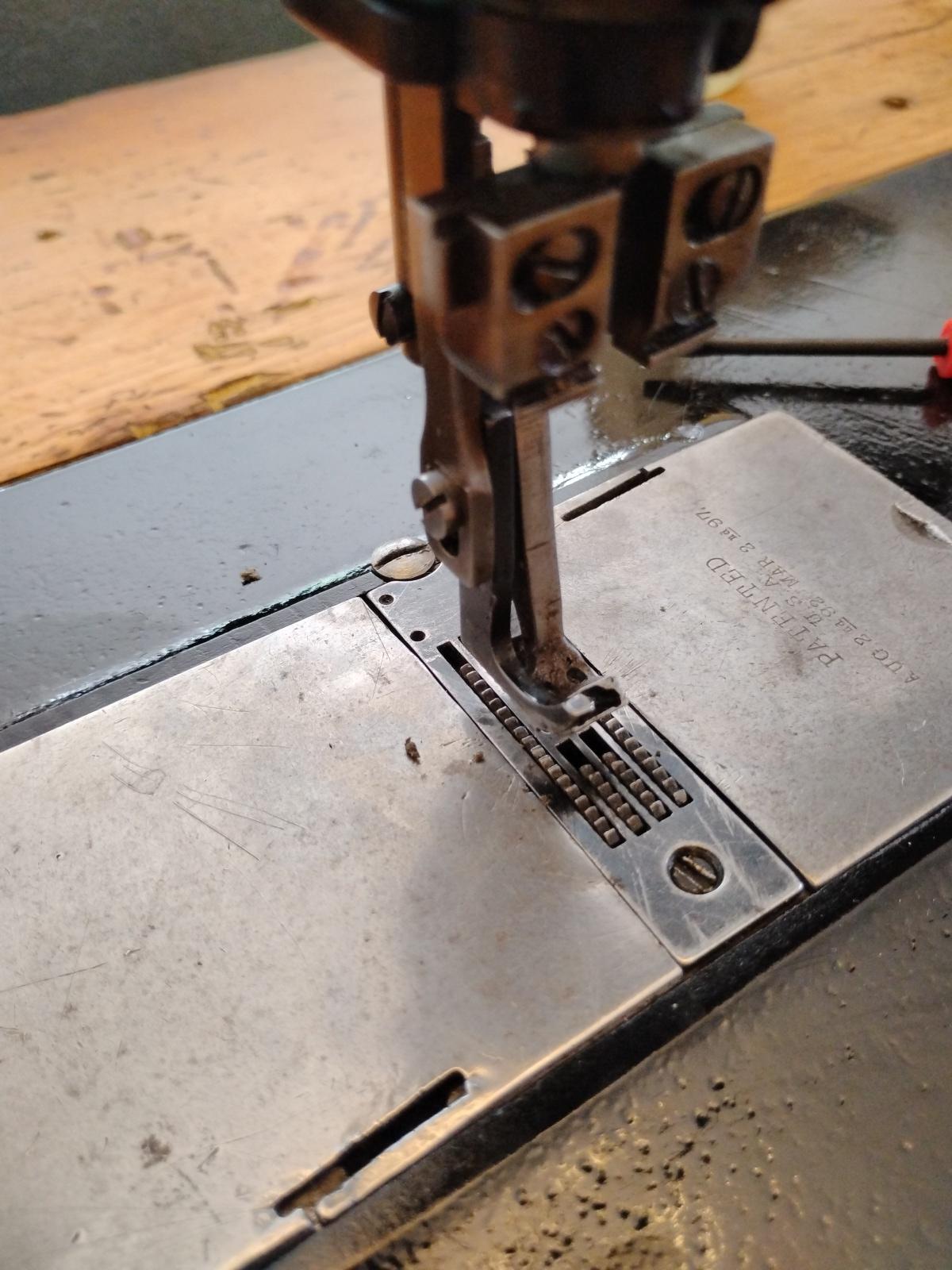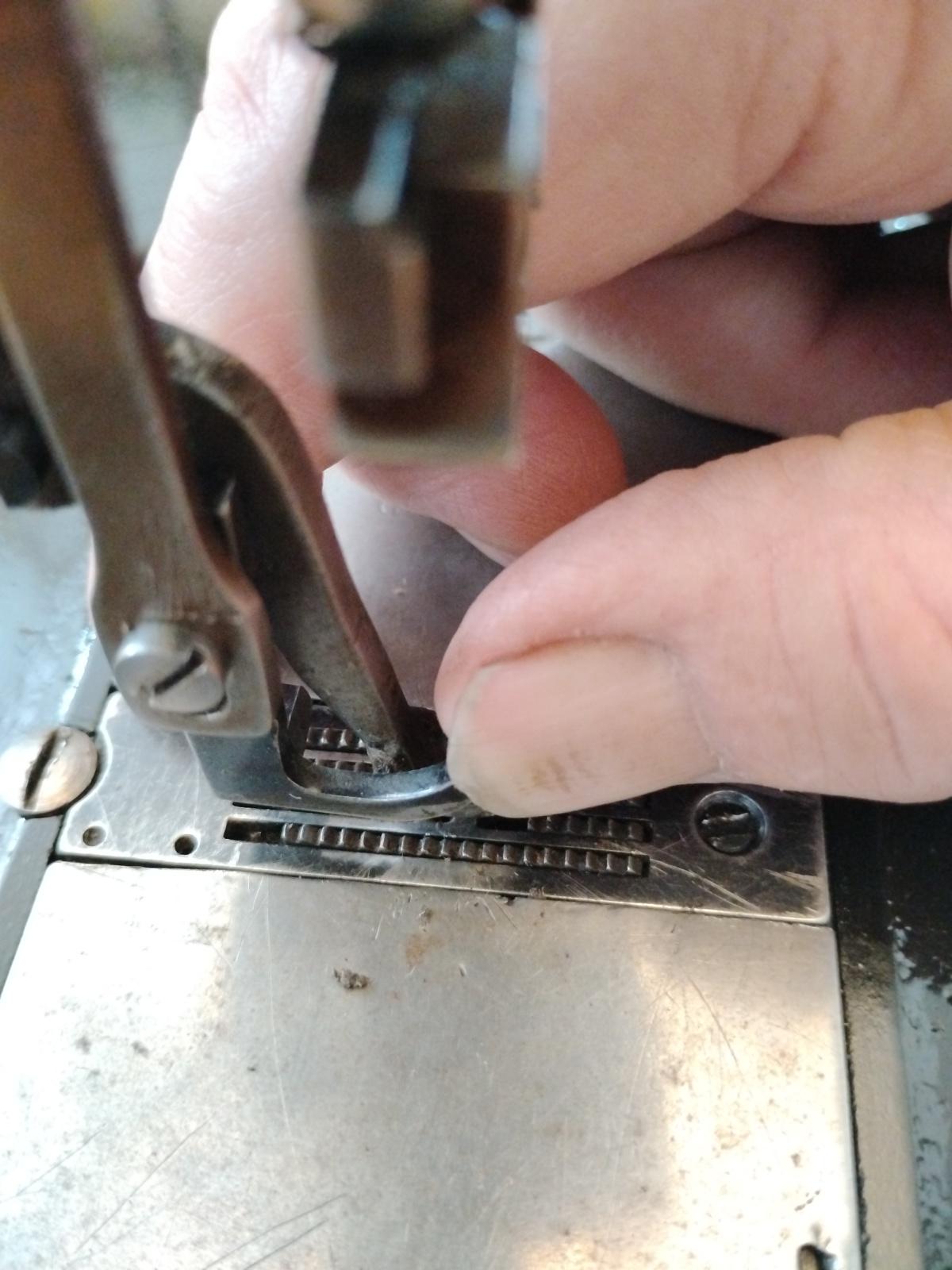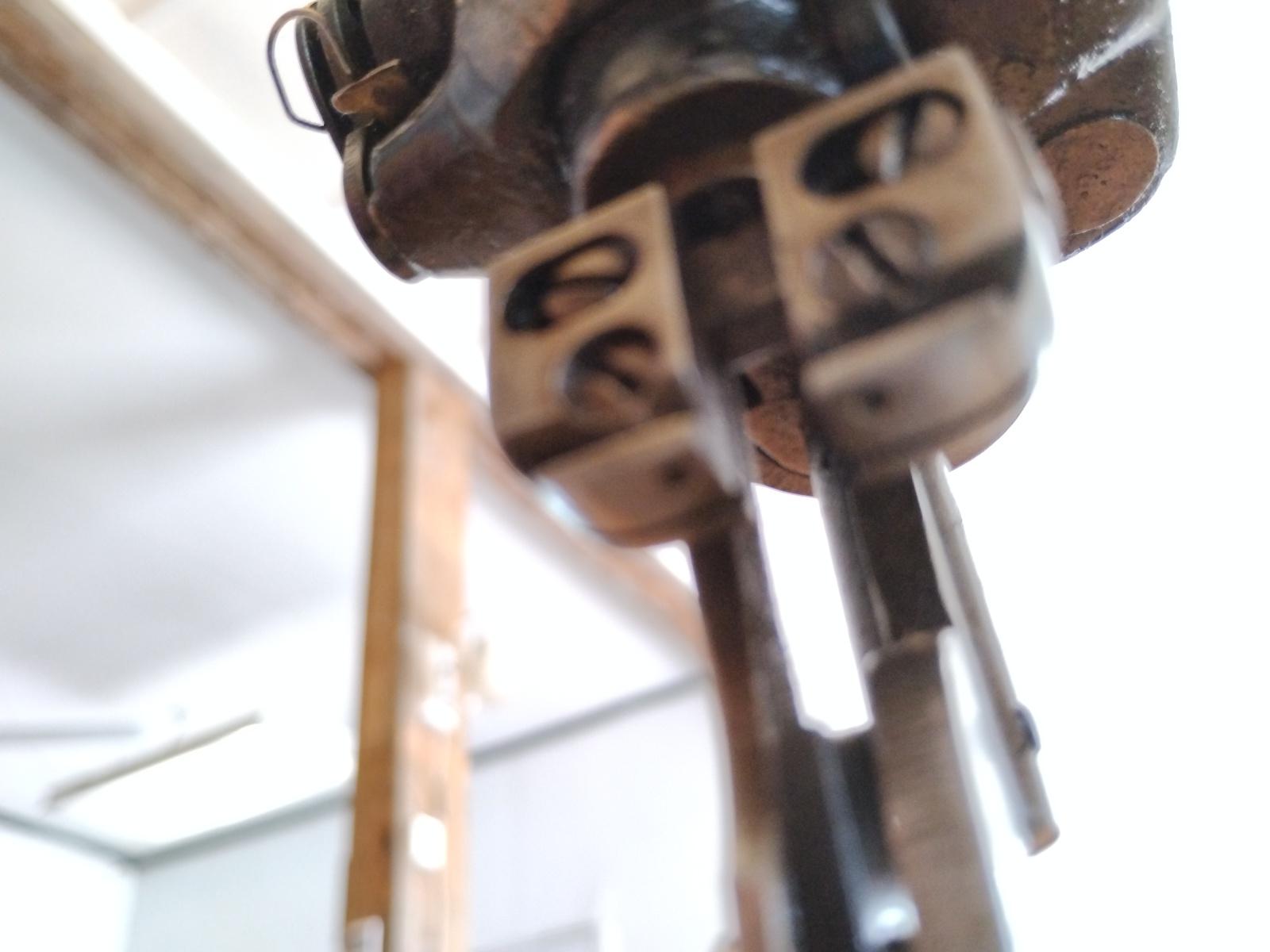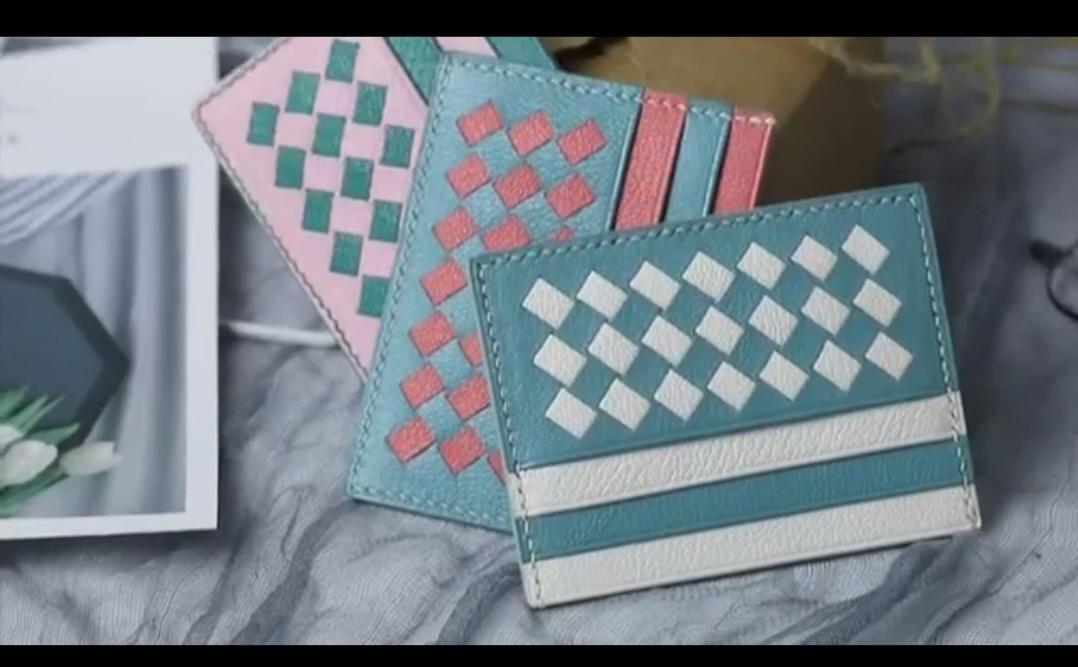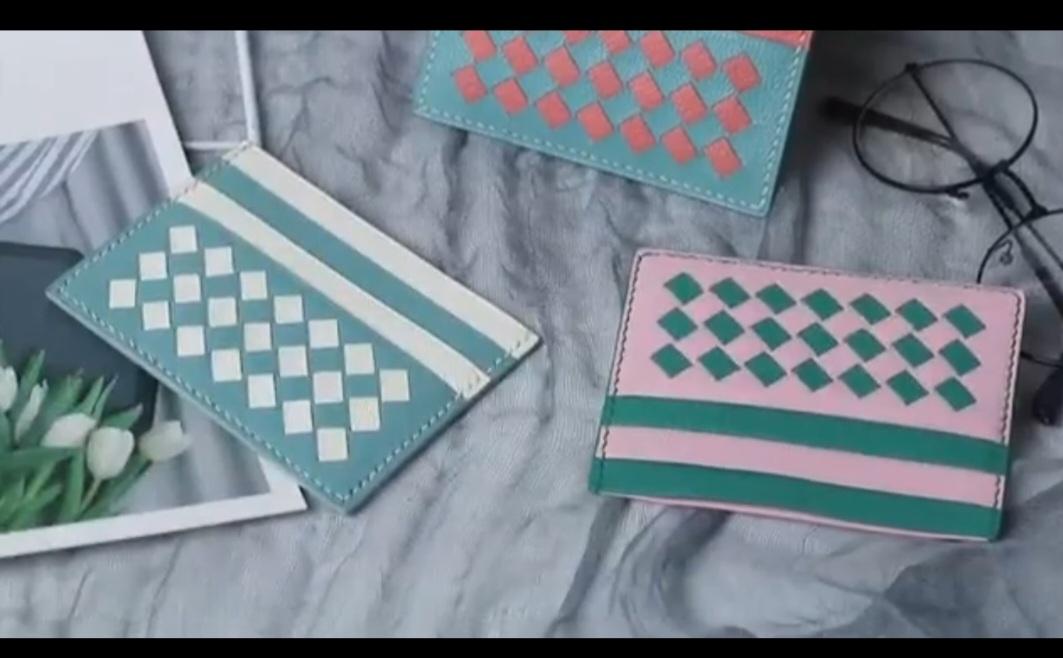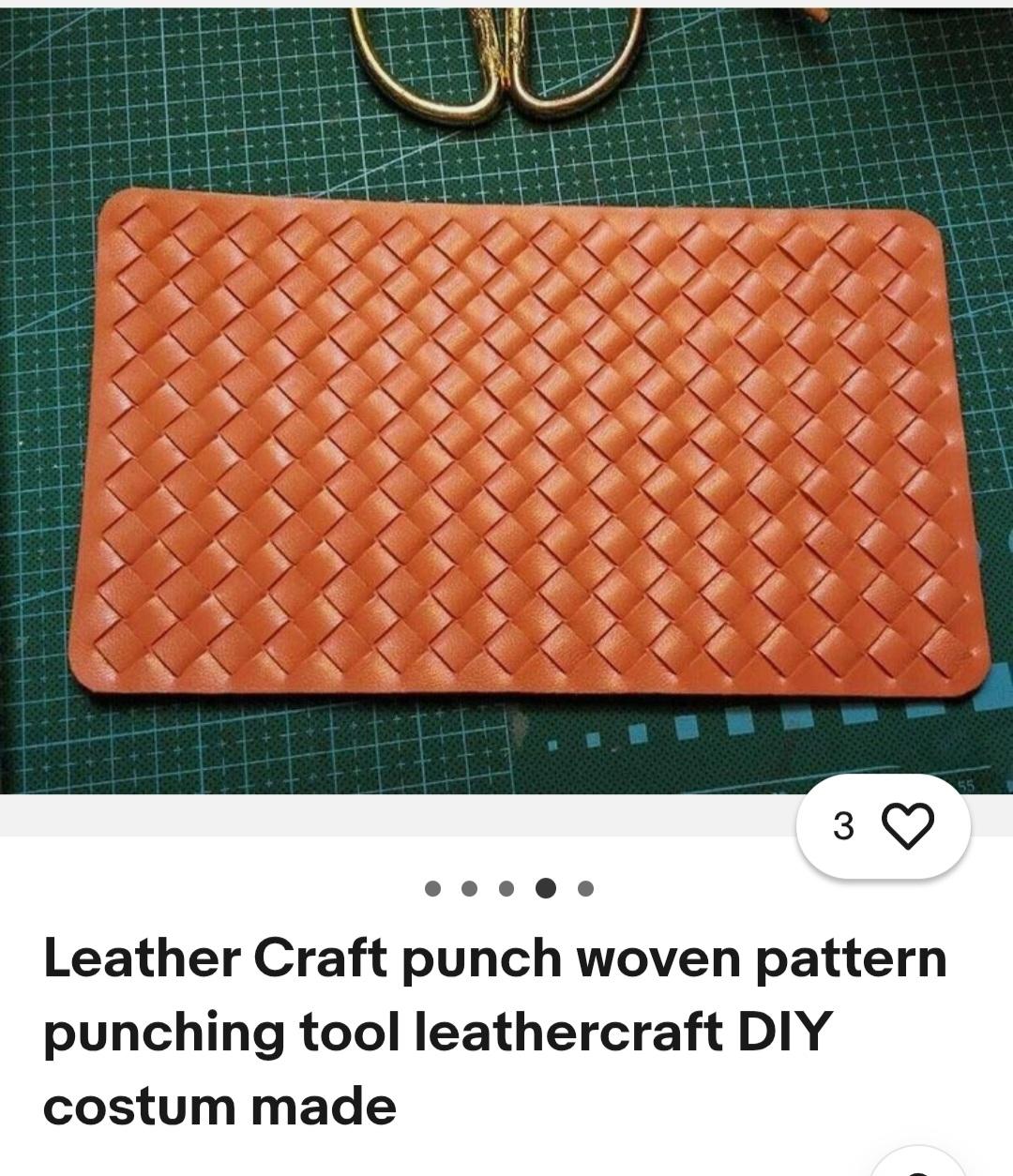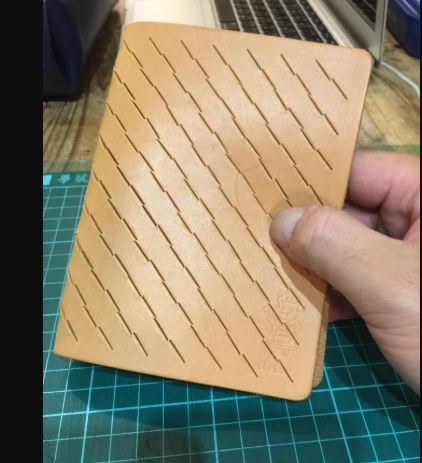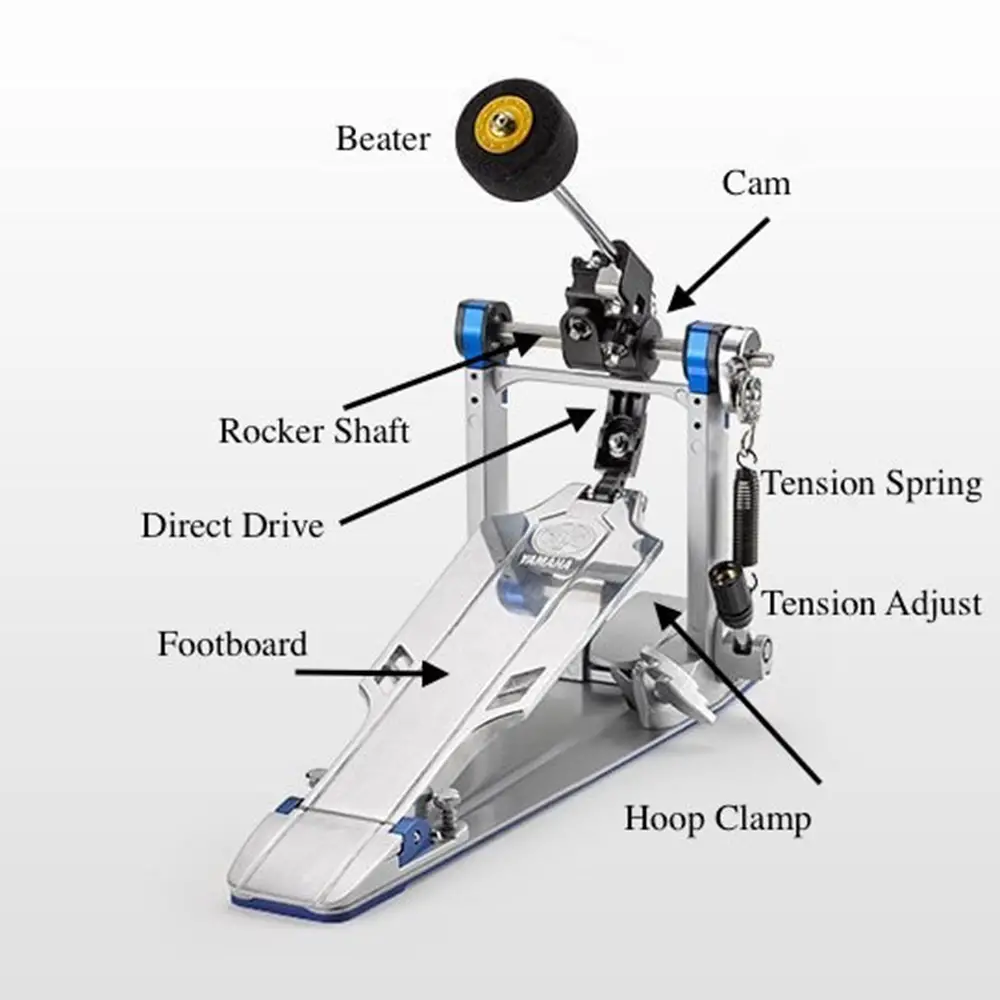All Activity
- Past hour
-

Development of best servo motor for leather sewing machine
dikman replied to CowBoyOUTLAW's topic in Leather Sewing Machines
I guess it depends what market the OP is aiming for. I think it's fair to say that most don't want fancy options that they will never use, once one is set up for leather sewing it's doubtful they will fiddle around with the options in most servos - other than speed control. Yes, I know some like an NPS but once you have your machine setup for sewing leather, which generally means slow-speed, then an NPS isn't necessary. Having fiddled around with several different generic servos/speed reducers my optimum for sewing leather would be very low speed startup, lots of torque and variable speed using a knob placed near the machine. Having converted my lathe to a VFD I can use a knob to vary the speed at will, it is a much better system that anything else. And make it affordable!!!!! The OP has a "high-torque" motor currently available and it is apparently pretty good but at 2-3 times the price of generic servos I won't be buying one. -
-

How can i activate foot lifter for 45k25
dikman replied to depodarcom's topic in Leather Sewing Machines
As Sark9 said because it's a treadle machine there's no easy way to fit a foot pedal to lift the foot. Adapting a knee lifter is the only practical option that I can see. - Today
-
How can i activate foot lifter for 45k25
depodarcom replied to depodarcom's topic in Leather Sewing Machines
Thank you to all members who responded this topic. I will continue to try on, with the help of your suggestions. -
-
It is fairly easy. But you cut 3/8" strips of leather. Then start from the inside of your project with a long 3/8 strip of leather & go thru a slot, then up & over to next slot. Then just keep repeating that order.
-
Hi all, I'm sure this is probably a common issue with a simple answer, but how do I stop the dye from staining my thread as I stitch? Am I missing a step in setting the dye (like Rit for fabric)? For reference, current shenanigans: 6oz econo veg tan, Angelus oxblood dye, Ritza 1.2mm beige thread. Thanks, AZR
-
How to buy or make a finger guard for a Juki 341 clone? I occasionally see photos of triple feed machines with finger guards, but the feet I bought do not have extra mounting holes for guards.
-
Happy 4th of July everyone. Hope your not too Hot today. here in missouri we have a feels like temp of 93 the sun is bearing down.. anyways can anyone tell me how to cut the leather for weaving? like the pic or direct mw to some kind of tutorial or video or something please in wanting to use 3/8 strips and weave in a 4.5x13/16 piece i cant figure out how to get started on the slits to weave through.. thank youou
-

How can i activate foot lifter for 45k25
Trox replied to depodarcom's topic in Leather Sewing Machines
These types of stands had knee lifters, but since you don't have one a pedal attached to a tube around the tramp shaft would do the job. -

How can i activate foot lifter for 45k25
AlZilla replied to depodarcom's topic in Leather Sewing Machines
No, I guess I was unclear. OP needs to pull the chain for his foot lift. I'm suggesting he could engineer a pedal similar to what I'm doing to pull down the lever to control the servo motor on my project. -
I've decided to give up on this quest for now. Putting the machine back together and time to get to building something. 🚶♀️
-

How can i activate foot lifter for 45k25
friquant replied to depodarcom's topic in Leather Sewing Machines
Is this to drive the machine or to lift the presser foot? I thought you were going to use the kick drum lever to tell a separate servo to raise the presser foot. -

How can i activate foot lifter for 45k25
AlZilla replied to depodarcom's topic in Leather Sewing Machines
Just a nothing special bog standard servo from ebay: https://www.ebay.com/itm/356814829633 It says it's 750 watts but I bet when it gets here it's 550. It's got a 2 to 6 speed reducer already. -
Mu first Juki was an LU-563. The reverse stitches were always smaller then the forward stitches Eventually, I discovered the adjustment to get the distances closer. However, as you found out, the faster I sewed, the greater the difference became. This was in the mid 1980s. Since then, I've had various machines with reverse levers, some of which matched at any speed and some of which were flakey, like my old Juki. A Consew 206RB-5 was pretty reliable in both directions. Many of my current crop of sewing machines don't even have a reverse lever. I either sew all around to sew over the starting threads, or spin the work around 180 degrees and perform what I call, "poor man's reverse." In both cases, the stitch length is constant. I sometimes do it on a machine that has reverse simply out of habit.
-
now that you mention jump foot I have a different view of that picture - makes more sense now. Cool machine - love it! 👍 I guess it is using the "common" singer hook as for 153w and so forth. The availability of parts for theses dead old machines always surprise me. Thats why I´m a sucker for vintage Singers. 😉
-
Far from masterful but i appreciate the kind words, Brandon corral at swift hammer is a skull and metal wizard. He does things his own way too, you should look him up.
-

How can i activate foot lifter for 45k25
friquant replied to depodarcom's topic in Leather Sewing Machines
Ooooohhh... Can you post links to the servo you're using for this? -
One problem I have had with digital servo motors vs analog servo motors is the jerky start up. I can understand that lowering the startup speed to 50 rpm will be less jerky than a 100 or 200 rpm startup, it will still engage with a hit. Analog servo motors I have start at zero and smoothly increase in speed as the pedal is pressed. There is no jerk at startup on those motors. I have helped convert several Cowboy and Cobra 441 clones and one Union Lockstitch machine from digital to analog servos for this very reason. Once the change was made, the owners never complained about being able to control the machine or position the needle as needed. I would be happy to have a digital servo motor that started at zero and increased in speed only as I pressed down more on the speed pedal. I don't like motors that start fairly slow, then speed up on their own ("ramp up"). The motor speed should be pegged to your foot position on the speed pedal. If one needs an external speed knob, the same should apply. As the knob is rotated, the speed should increase. Because many servos lack high torque at lower speeds. I can see that the ones having more coils will have more low end torque. I would gladly pay more for an analog servo motor that eliminated to need for a speed reducer. However, when sewing thick veg-tan leather, the faster one sews, the greater the heat that is generated on the needle. I found that when I sewed at 15 stitches per second, smoke came from the needle! This also began melting the bonding agent on the nylon thread. The result was a weakened stitch line. I doubt that I am the only person who prefers to sew slowly to maintain control of the stitch line and needle placement, as well as to keep down the heat on the needle. I typically sew within a range of 1 (for detailed designs) to 6 or 7 (on straight edges) stitches per second. When I sew at higher speeds, I use an edge guide. When the leather is thinner, I can sew faster than when it is very thick. It can be dangerous to sew 3/4 inch at 5 or more stitches per second. If a fast moving needle is deflected by thick layers and breaks, it could embed itself in one's skin! Ask how I know this!
-
Price dropped to $70.00, with shipping included to lower 48 states. PayPal invoice will be sent. Thanks for looking!
-
I think you're seeing the jump foot. I'll get some better pics of the needle area. I got a close enough manual here: https://www.universalsewing.com/parts-lists/singer . I got one for a 21W that has what I need. I had forgotten about that page. Sadly, all the downloads are randomly named so need to be "Save As"ed. I think I'm going to need parts for the left hook assembly but it looks like there are plenty on ebay for the 21W that should fit. It looks like in order to change the spacing of the needles (Gauge) it's going to require a presser foot and needle plate for each width! The good news of that is that very tight spacing between the needles and holes should contribute to a nice stitch. It's waiting for it's servo motor ... patiently.
-
Thanks for the explanation, how about pictures of any current messanger bags.
-

How can i activate foot lifter for 45k25
AlZilla replied to depodarcom's topic in Leather Sewing Machines
Unless you're going to sit at that machine, I think a knee lift is out. I have a broken bass drum pedal I'm in the process of adapting to operate the servo motor on a sewing machine. The "beater" is broken off, so I'm just going to attach the pedal frame to the table legs and attach the servo motor arm to the pedal. Maybe this pic will inspire something. Edit: I just saw your stirrup idea. That might work, too, if you could keep it from swinging all over the place. Maybe a chain guide of some kind down low, limiting it's swing. Great idea. -
How can i activate foot lifter for 45k25
depodarcom replied to depodarcom's topic in Leather Sewing Machines
Thank you ..This seems good and useful for me. I am also searching for "stirrup" that is used for horse riding..


